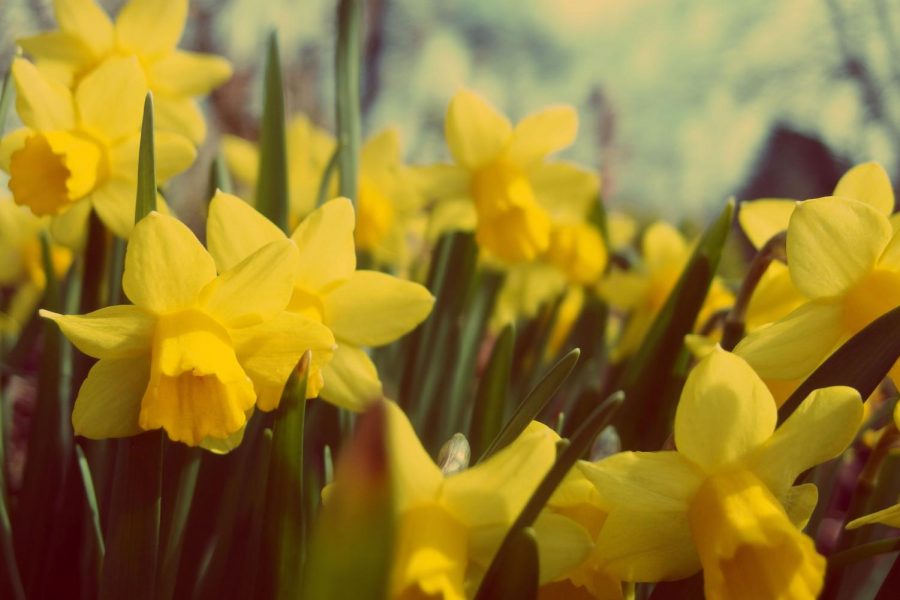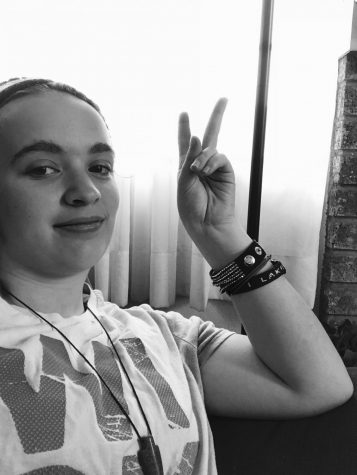How to Say “I Hate You” in Flowers
December 16, 2020
By Kai Barr
Fun fact about flowers—there’s an entire language that you can make with them! Said language has been around since before William Shakespeare, and played a role in a lot of his works. Heck, it was even part of the plays and mythology of the ancient Greeks and Romans, as well as in those of the Egyptian and Chinese cultures. Of course, this became a lot more popular in the Victorian Era, which is why we call it the Victorian flower language.
Of course, if you’re a geek about Harry Potter, then you might remember that Snape asked Harry about flowers. Now, there’s some meaning to it, but I don’t really like the Harry Potter series or Snape all that much so I’m not going to talk about him at all and move on to the actually important part of this article.
It’s not just flowers that are used in the languages. Now, you might say “but it’s the Victorian flower language, why isn’t it just flowers?” and I would respond “I don’t know, ask the scientists! I’m sure there’s some scientific reason to look it up but I am way too sleep deprived to research that so…yeah. Anyways, herbs such as chamomile, lavender, borage, mint, rosemary, yarrow, thyme, parsley, and sorrel are also part of the language. So are plants like ivy, oregano, holly, ferns, and aloe. Dill is another plant on the list as well!
So, onto some really common flowers y’all would know. Red roses mean “love” or “I love you”, while pink means “happiness” and white means “I’m worthy of you”. However, dark crimson roses mean “mourning” and yellow mean “jealousy, decrease of love, and/or infidelity”. While dwarf sunflowers mean adoration, tall ones mean haughtiness. Red tulips mean passion or a declaration of love, while yellow means sunshine in one’s smile. There’s other ones that are affection, joy and happiness, festivity, and other happy, cheerful meanings.
And then you have the last happy ones. Tansy means hostile thoughts or declaring war. Yellow hyacinths are jealousy. Crab blossoms mean “il nature”, striped carnations are a refusal, begonias mean beware or dark thoughts, and anemone means forsaken and sickness. Marigolds represent despair, grief, and jealousy. Meanwhile, willow means sadness.
Colors have their own meanings as well. For instance, carnations once again. White is for “sweet and lovely” people, purple meant capriciousness (which is an antiquated word for flip-floppy in decisions), and pink meant “I’ll never forget you”. Red meant “my heart aches for you”, while yellow expressed rejection of romance. There’s also all the difference of rose colors.
But, basically, if you wanted to tell someone you hated them through the flower language, I think the answer would be that you would send them a mix of candytufts (indifference), buttercups (childishness), orange lilies (hatred), tansy (see earlier definition), and perhaps some other flowers. Or, even better, simply send them a black rose, which means, and I quote, “You are dead to me”. If that’s not enough for you, send them aconite or monkshood. Universally know for being so highly poisonous it delivers an agonizing death, monkshood sends a pretty extreme and deliberate message to someone.

